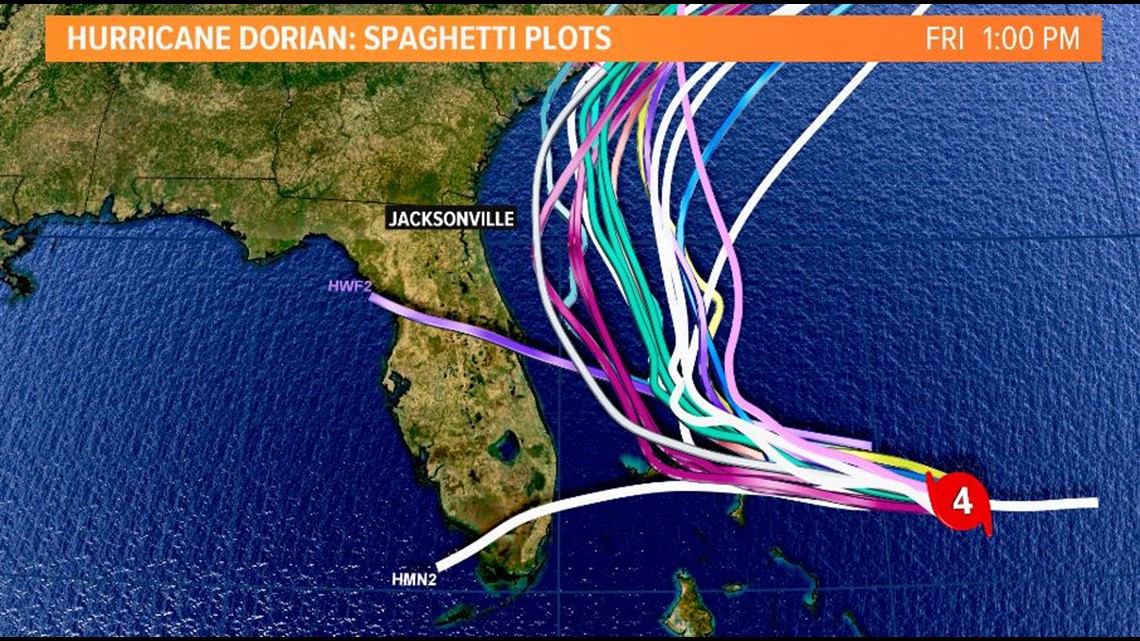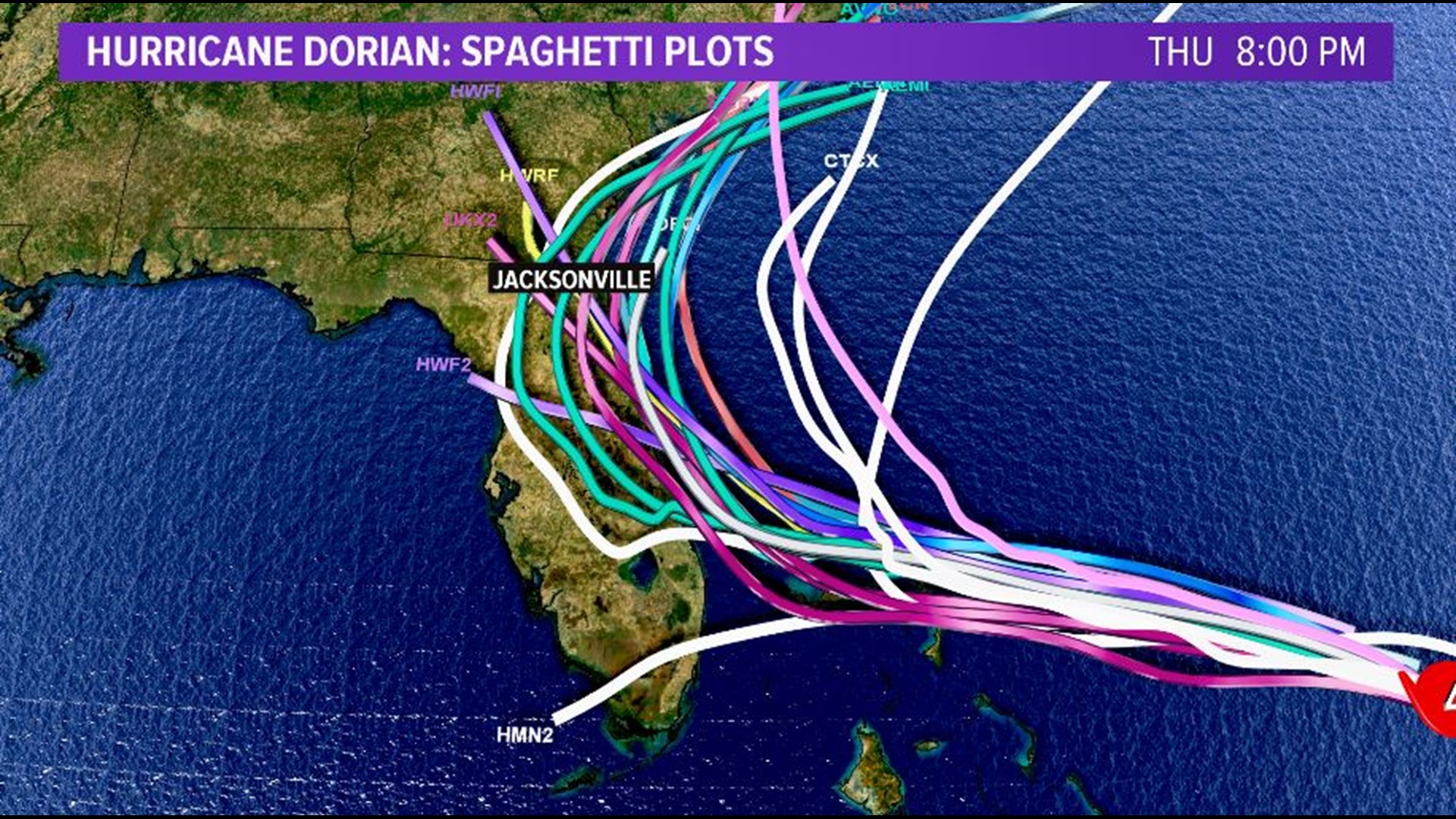One of the most popular questions when dealing with any tropical storm is: "What are spaghetti plots?"
To most of us, we think of the memes: People poking fun at spaghetti models appearing as if someone took a handful of noodles and threw it on the map -- kind of like the video below.
But, there's a lot more to spaghetti models. To help break down exactly what they are, we spoke to our Storm Experts and meteorologists, Tim Deegan and Steve Fundaro:
What are spaghetti models and what do they mean?
STEVE: “It is something a lot of forecasters, meteorologists use to get better answers and forecasts for tropical systems.
TIM: “When I was younger than you, spaghetti you ate! 🍝 The reason is, we didn’t have that many models. I can totally understand now why people spaghetti… bunch of noodles up there. But there’s much more science than just throwing a noodle on the wall.”
STEVE: “Exactly. These computer models ... they look like a bunch of noodles, bunch of lines, and what they are are these computer modules taking current information from a tropical system – "
TIM: “They are doing billions of differential equations."
STEVE: "And they are spitting out the answer … so as the storm is changing its current observation, its condition… the equation is always going to be changing. Therefore, the spaghetti models are always kind of fluctuating and changing a little bit."


TIM: "No one particular model is perfect. But it’s almost like you can get 10 pretty smart people in a room, they might be able to figure something out that maybe one person by themselves can’t. In other words, they are looking at different angles and that’s how I look at these models. None of them are perfect, but if we get a bunch of them together, maybe we can get a consensus out of that."
STEVE: "Which is where the longer-range ideas come into play. When we go ways and ways out and we see a big spread, in the spaghettis and the noodles, there’s a lot of uncertainties, a lot of ifs..."
TIM: "That's not a bad thing."

